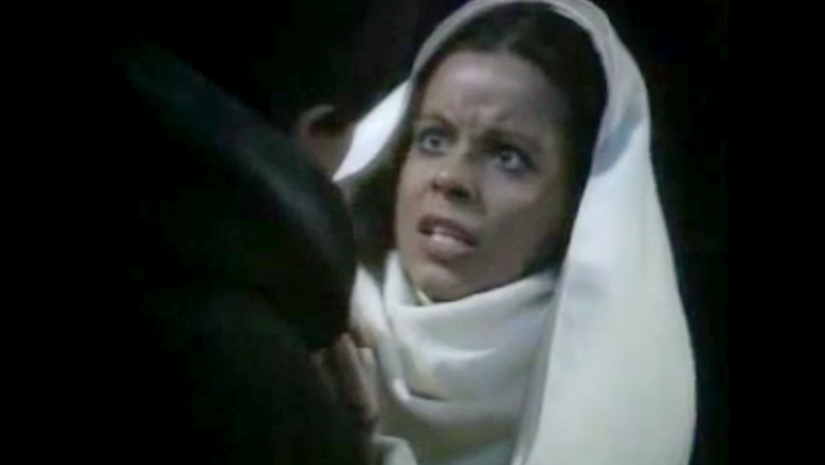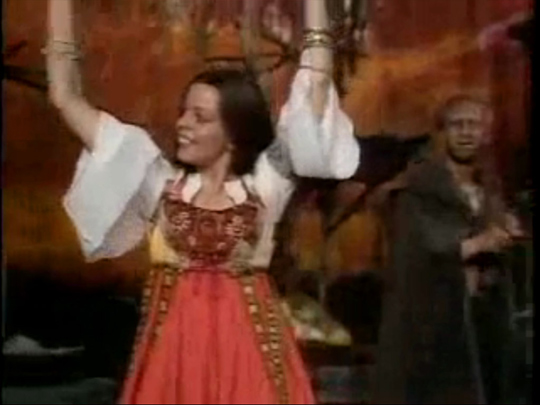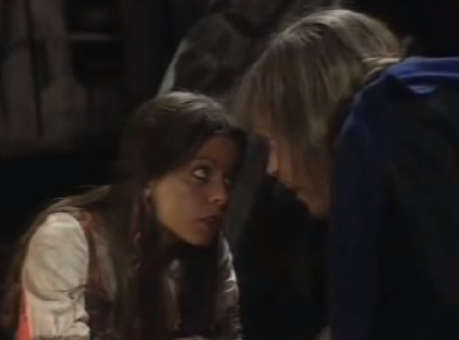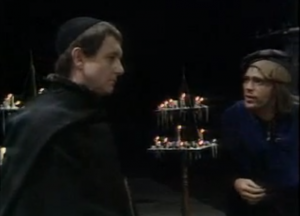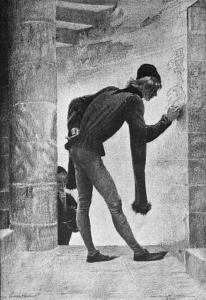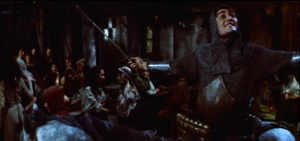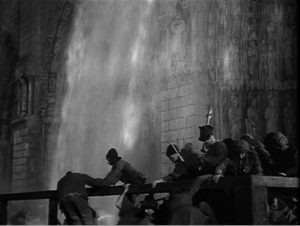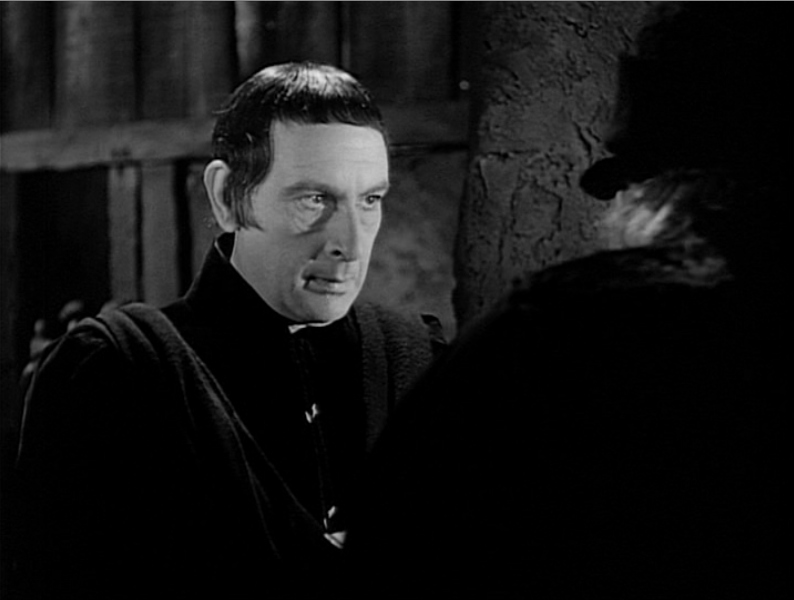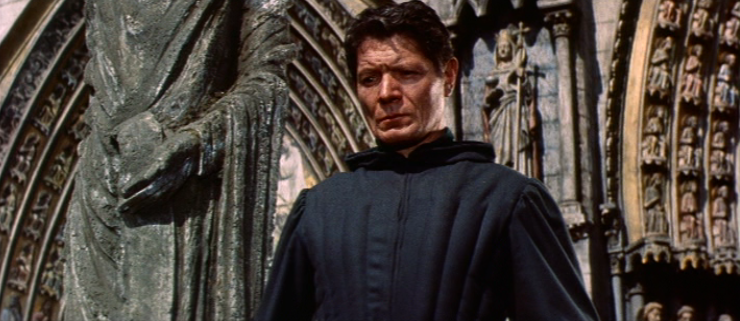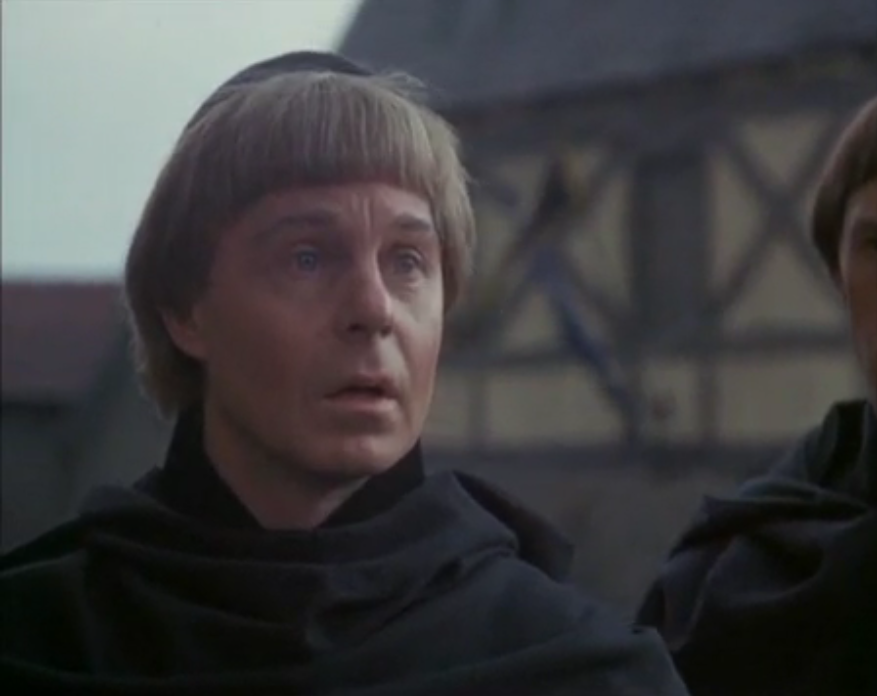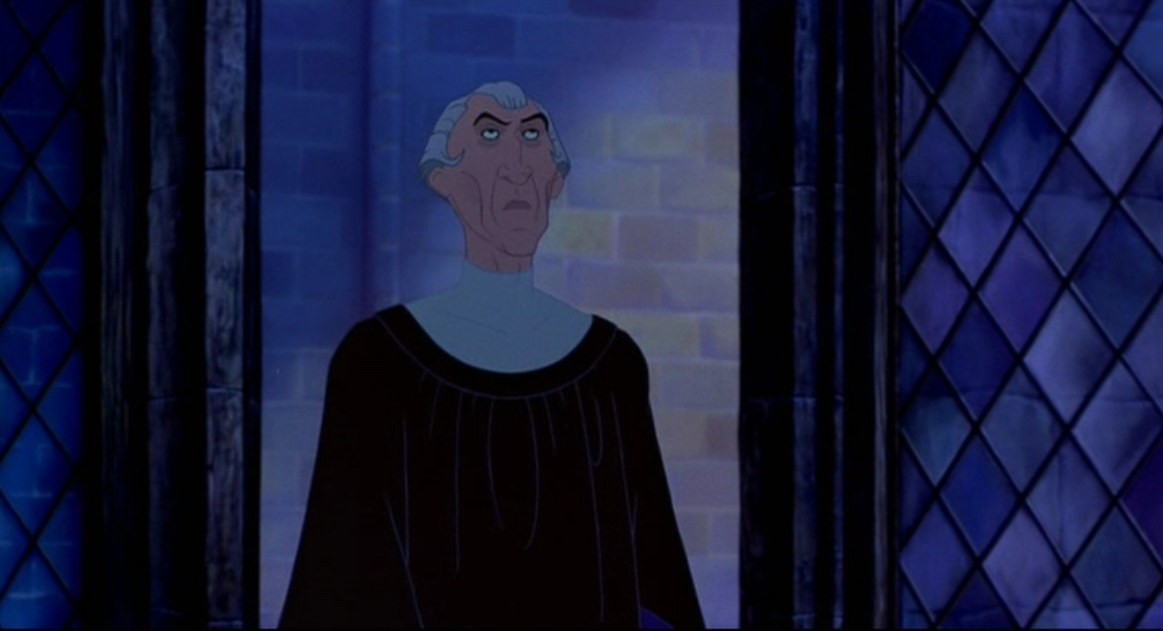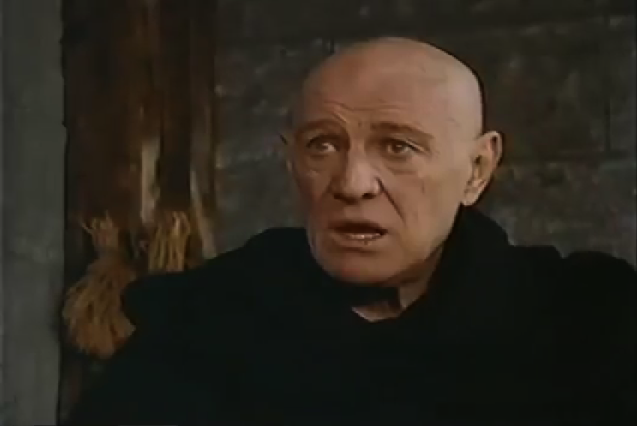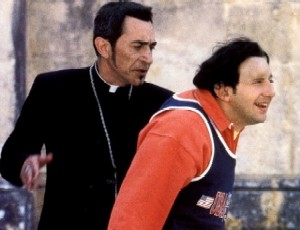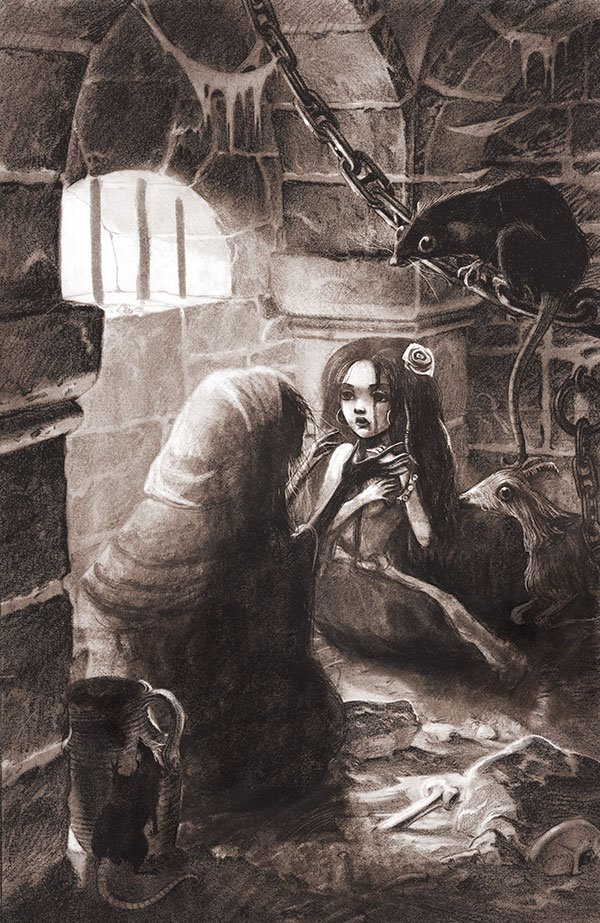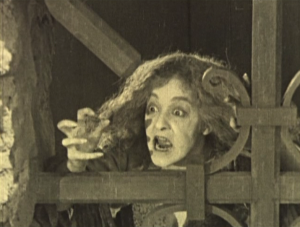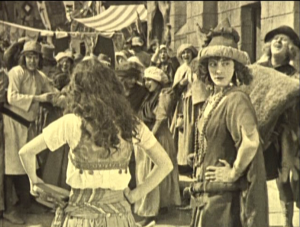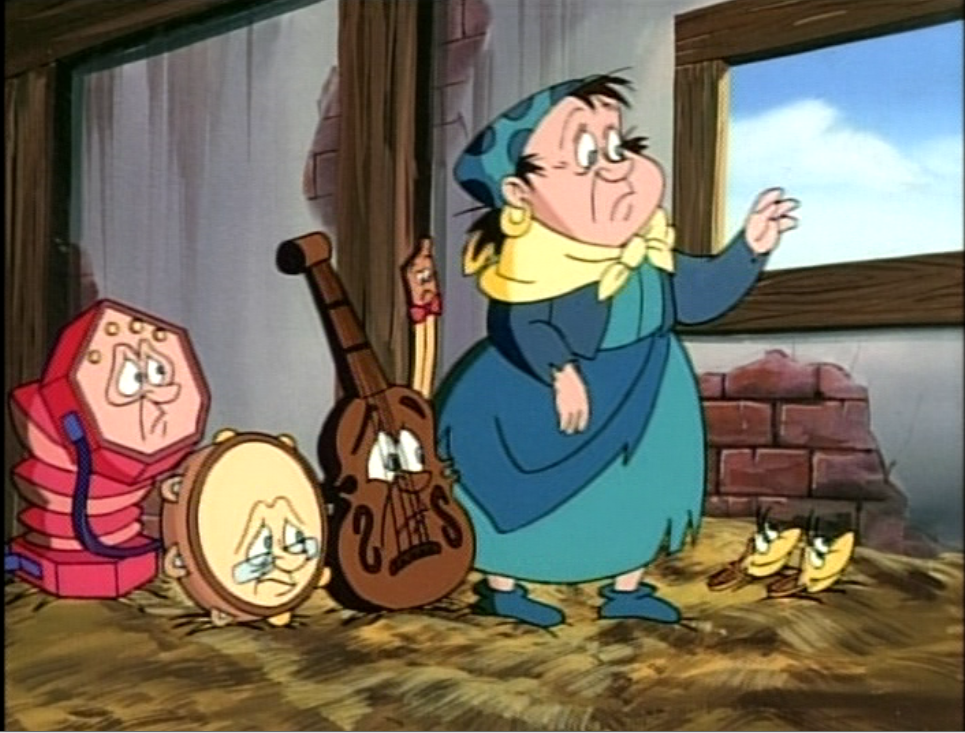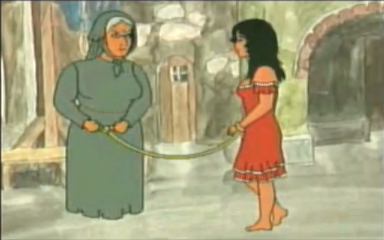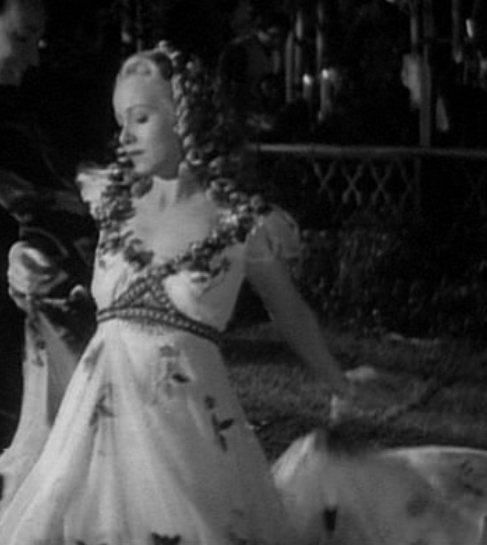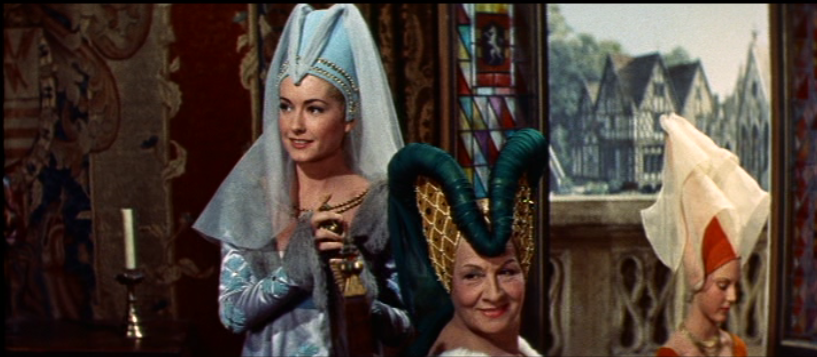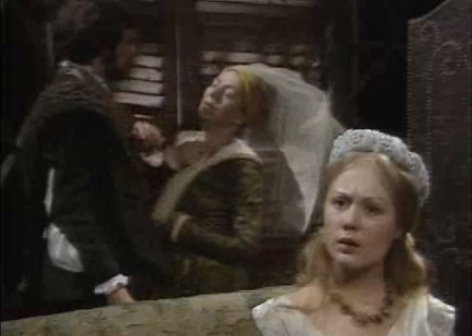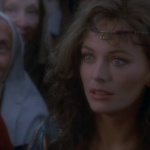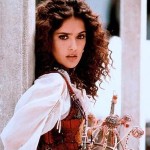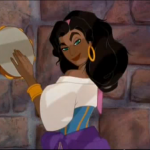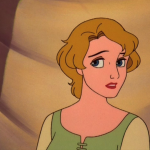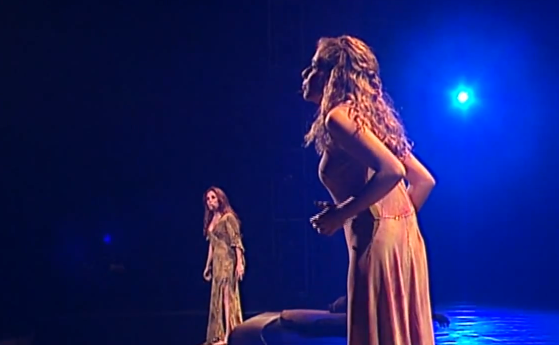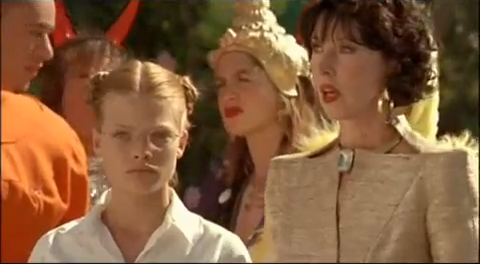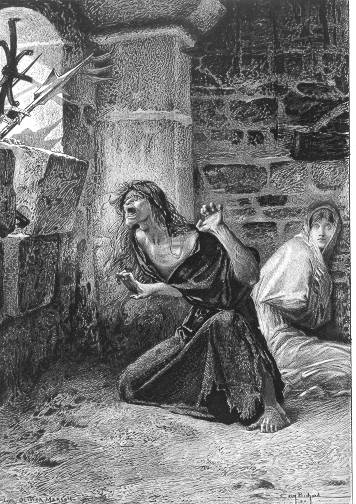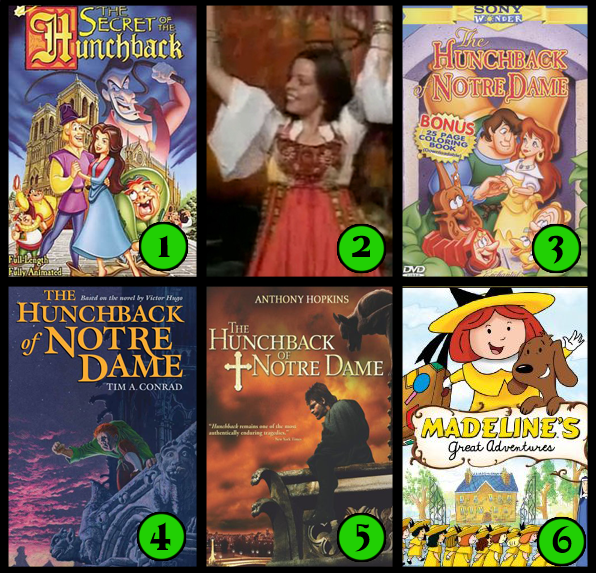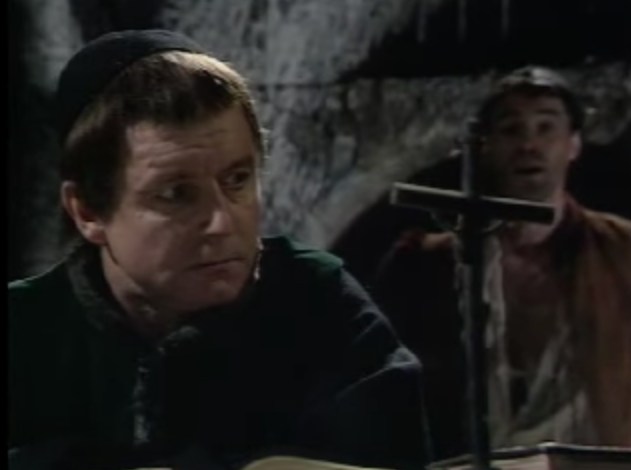
Kenneth Haigh as Frollo
It’s a little tricky to really formulate an opinion of the 1977 version of Frollo. On the one hand, this is one of the most accurate versions of the characters. He’s a priest, he does practice alchemy, he expressives desire for Esmeralda. However one major fault with the character is just in the way the movie is shot and how it counters Frollo’s character.
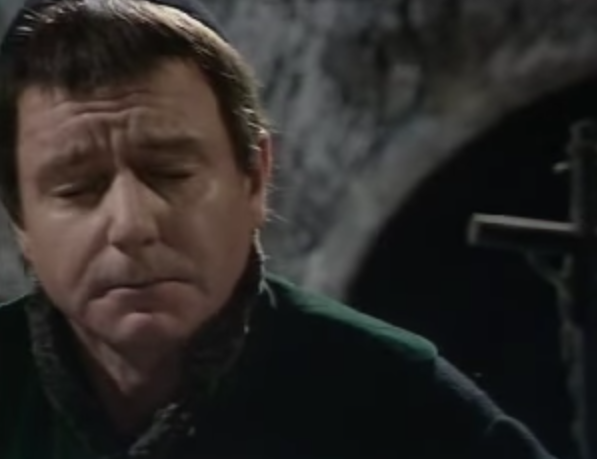
Kenneth Haigh as Frollo
Let’s be clear, Kenneth Haigh does fine with the material and direction he was given. Frollo is not easy role to play since it’s all very internal. You either need to allow for the director to get facial shots or you could run the risk of over acting.
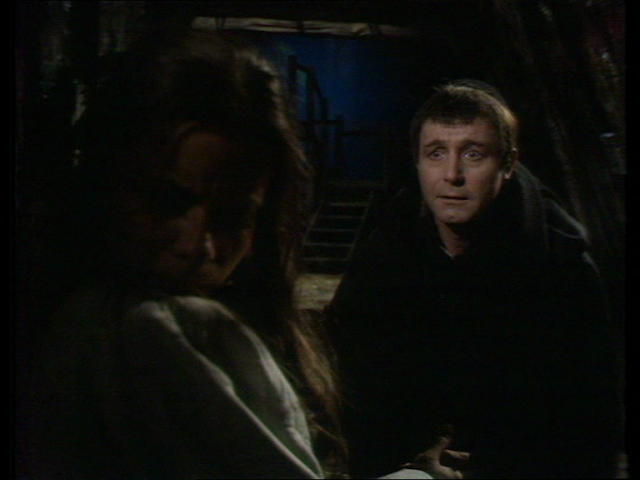
Kenneth Haigh as Frollo 1977 Hunchback of Notre Dame
Trouble with the 1977 version and with MANY versions is that it’s shot as purely representational, it’s a period piece and the filmmakers don’t add any artistic shots, angles or lighting to hint at the characters’ internal struggles thus relying solely of dialogue and expressions. And at most with Frollo the character’s austerity doesn’t allow for many chances for the desirous or conflicted expressions to be showcase. Not saying they are not there even in this version, they are but they are downplayed. The most Frollo gets is yelling about his desire, closing his eyes and the red door scene. He does do his crazy laugh but even that seemed to be tame and awkward. He does not seem like a man insane with lust.
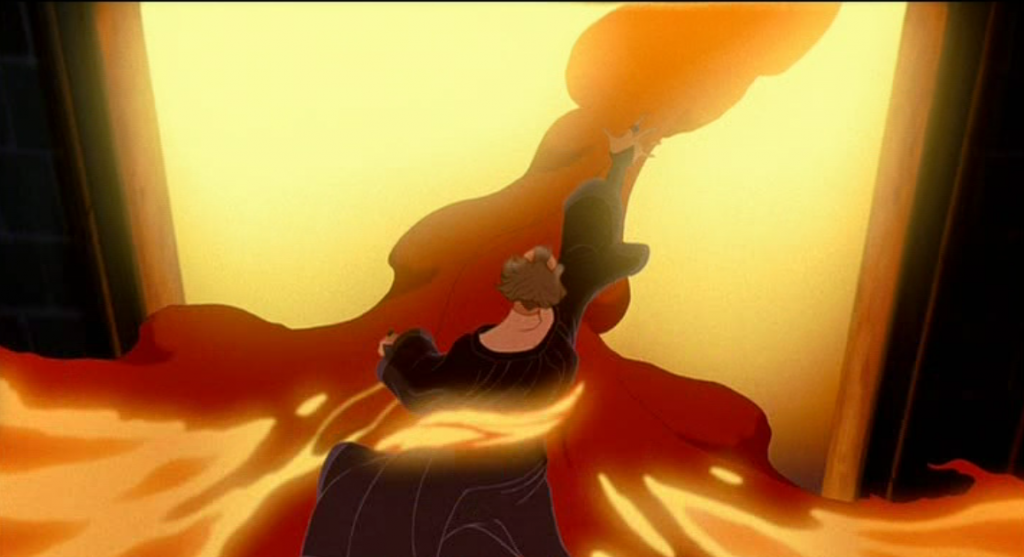
Frollo singing Hellfire Disney Hunchback of Notre Dame
Frollo’s character almost exists more in musicals. The best showcases of Frollo’s character are Disney’s Hellfire and Notre Dame de Paris’ Tu vas me Detruire. As both pieces use song, a nice substitute for dialogue, expressions/body language and visuals to give insight to the character. Hellfire uses fire and hellish imagery to get the point across whereas Tu vas me Detruire has stone pillars or the church literally trying to crush Frollo.
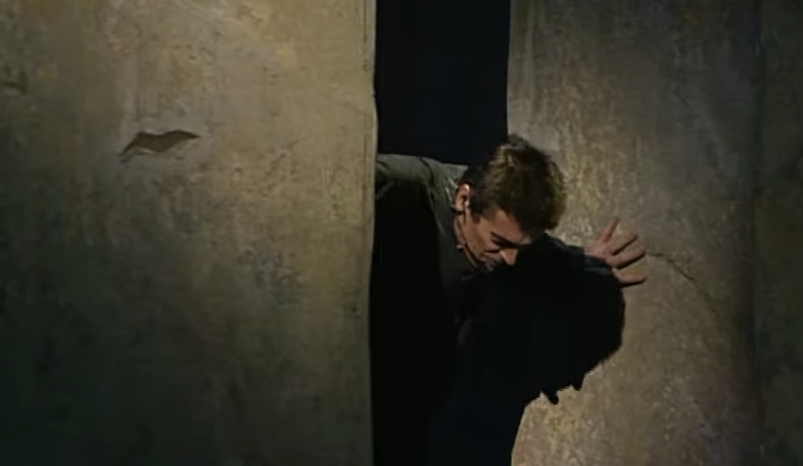
Daniel Lavoie as Frollo performing Tu vas me Detruire
You can interpret this as his desires will crush him or that the church is trying to stop his desires and he the one pushing them away choosing to give in to his lust for Esmeralda thus choosing to be destroyed.
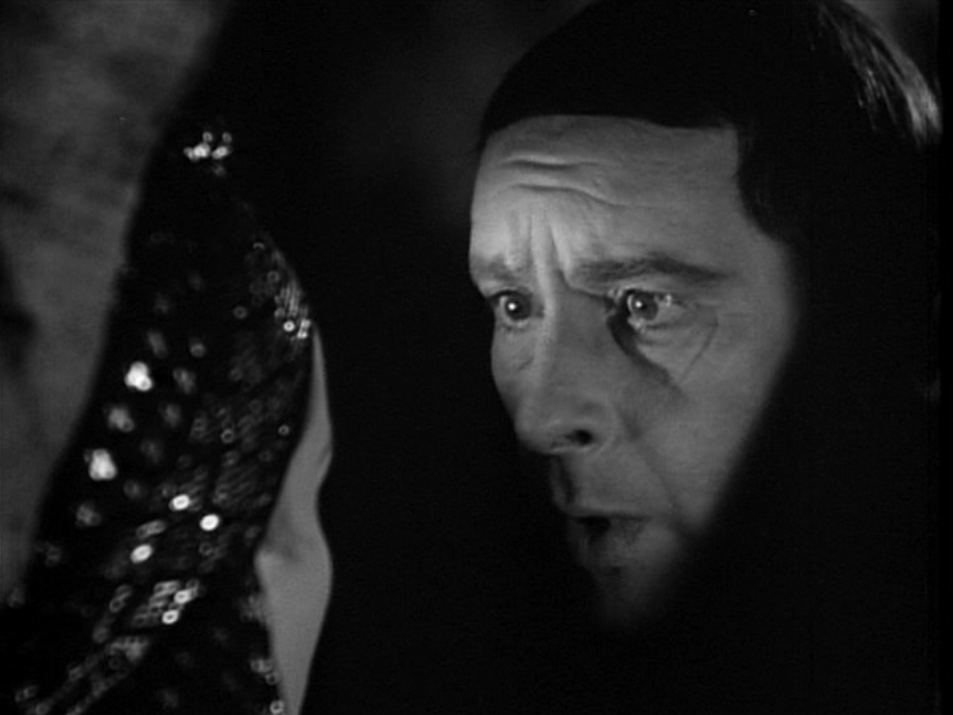
Sir Cedric Hardwicke as Frollo, 1939
The only non-musical movie version to actually give some thought to visual representation of Frollo’s desire is the 1939 movie. In that version when Frollo backs Esmeralda against a tree to confess, there are some great shadows, with only his eyes illuminated which makes him look insane as the actor, Cedric Hardwicke, keeps them opened very wide.
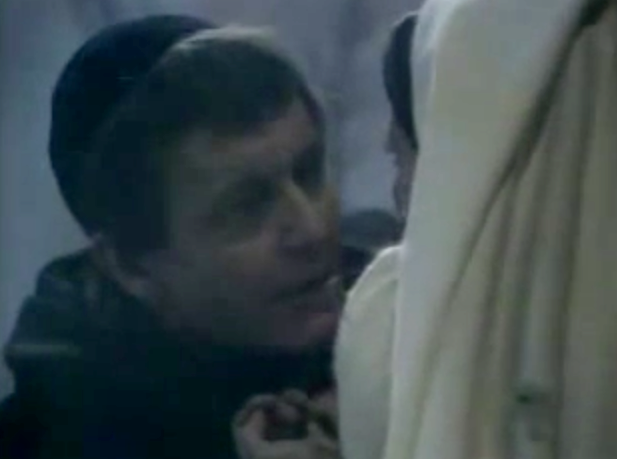
Michelle Newell as Esmeralda & Kenneth Haigh as Frollo
With respect to the 1977 version it is one of the few versions to get Frollo’s scenes down. One example is when Frollo and Gringoire spirit Esmeralda out and Gringoire leaves her with Frollo. Though the scene is vastly shorter than in the book I appreciate that they at least made a go at having that scene in the movie. But that being said is having all the scenes in movie presents in the movie but shot is a plain efficient manner somehow better than approaching the material in way that makes it visually interesting? I would say no. This is a good effort at the character and his scene but it’s just a dull rendition.


